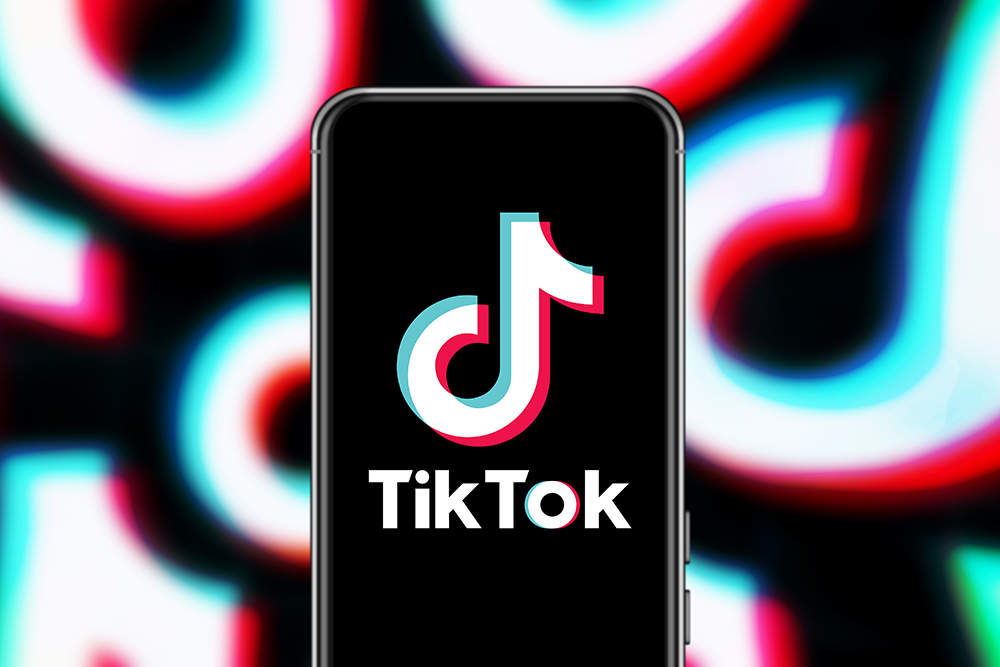
Liz Repking, Founder of Cyber Safety Consulting
May 2021

TikTok, have you heard of it?
Without question, this was the top-ranking app in 2020, with good reason. According to Forbes, the social media platform, used for creating, sharing and viewing short videos, had 850 million downloads in 2020. As the pandemic set in and lockdowns were put in place, TikTok grew exponentially in popularity.
Taking a closer look at this craze over the last year, there are so many areas in which to dive deeper. First of all, if you are wondering what this app even is, start here: TikTok Safety: What You Need to Know will provide you with a basic overview of the app.
Personally, I spent more hours than I care to admit, scrolling through my TikTok feed. While I am not creating TikToks, I do love to watch them, and it is amazing how 10 minutes can quickly turn into hours passively viewing TikToks. Watching other people dance, regardless of ability, brings a smile to my face.
While these groups dominate the app, there are no age limits to those enjoying the fun to be had. Everyone from Grandma to the baby of the house is dancing, telling jokes, and generating memes. Additionally, you might find a single person grooving to a song from the 90’s or an entire family performing a choregraphed dance right there in the family room. There is no single age group, race, or gender cranking out the videos; that is one of the great beauties of TikTok. All are welcome.
A challenge starts with a single video that turns into a widely followed (going viral) and replicated video. The videos can be anything from a dance to a comedy bit or a simple quote. Some of these trends are positive and entertaining, while others can be negative or dangerous.
Looking at a positive example, the Dreams Challenge breathed new life into Fleetwood Mac’s 1977 hit single “Dreams”, which most Gen Z’ers had never even listen to. Credit Nathan Apodaca, an Idaho potato worker, for making a TikTok in which he rides his long board, sips Ocean Spray Cranberry juice, and lip-syncs the hit single. The unsuspecting video went viral with 72 million views and 12 million likes. It even got Stevie Nicks (of Fleetwood Mac) to lace up her roller skates and participate in her own TikTok, not to mention getting the hit back on Billboard’s top 10.
You can also find dance challenges where users replicate the same dance to a single song. People dance alone for the camera, with friends, and as a family, no skill needed! Several of the more popular challenges over the past year include “The Renegade”, “Blinding Lights”, and “Savage”. Even LeBron James and family joined in the fun with a TikTok made for the Can’t Touch This (MC Hammer) Challenge. Regardless of creating the videos or simply viewing in the feed, these provided hours of fun and connection for people during the Pandemic.
Another positive that came out of the last year of TikTok, and provides a lifeline for many, is the ‘I had pasta tonight’ phrase which is code for someone who is experiencing depression or suicidal thoughts. It gives Gen Z’ers a way to subtly reach out to the community for help and support. When someone posts this, the community jumps into action by flooding the struggling user’s account with thousands of likes and positive comments of support and reasons to live. The message sent is ‘life is worth living and the community wants you here’. I wonder how many lives have been saved in this way!
Many of these challenges start as pranks but then go viral and problems result. Take, for example, the Skull Breaker Challenge. This challenge originated in Spain when two kids recorded the stunt, posted and it went viral. What is it? Think back to when we were kids, and someone pulls a desk chair out when another student is in the process of sitting. Similarly, in this situation, three people stand in a line taking turns jumping up, however, the person in the middle does not know that the two others will kick his legs out from under him with the intent for the unknowing participant to fall backwards. While this may have started as a harmless prank, there have been instances of serious brain injury resulting.
Another challenge that started innocently but has the possibility of going bad is the Silhouette Challenge. Users start by creating a video that is innocent in nature. As the music changes, a second video is added that is has a filter, changing the appearance of the user into a silhouette. The idea is that the silhouette encourages a more comfortable way for the user to show off a provocative pose, sexy lingerie, or even less. With the filter, the user is appropriately obscured from view. The problem arose when another user started posting videos on how to peel back the filter, exposing the original user in ways never intended. The videos quickly transitioned from fun to life altering, damaging videos.
Clearly, the platform is very social in nature and has truly been open to every type of person regardless of interest, age, and ability to dance like Mariah Carey. It has provided connection for many and more importantly, connection for many that had very few avenues to find others. And finally, it has offered countless hours of entertainment to the young, the old and everyone in between. But like all apps, it comes with its risks and dangers. Moderation, balance, and knowledge are key to helping kids maximize the benefits and minimize the risks to social media apps like TikTok.

